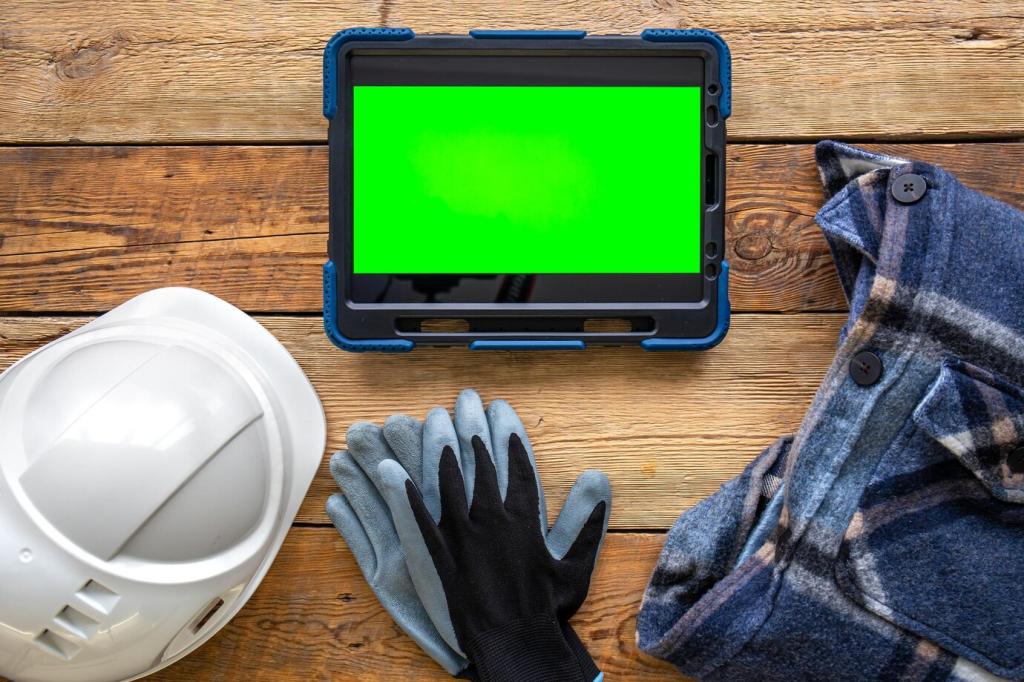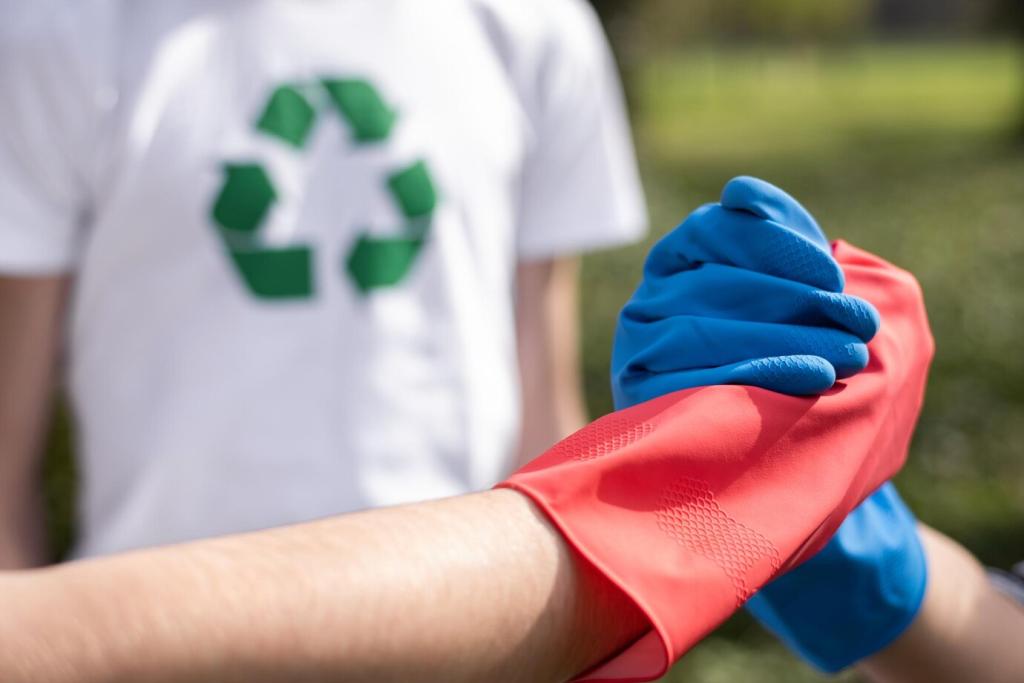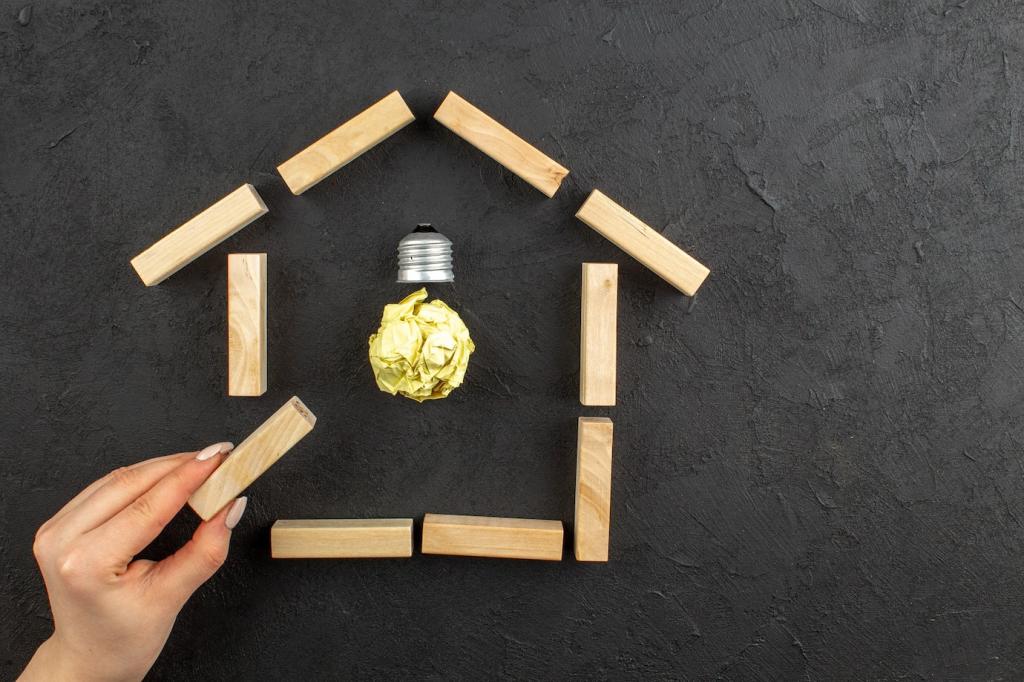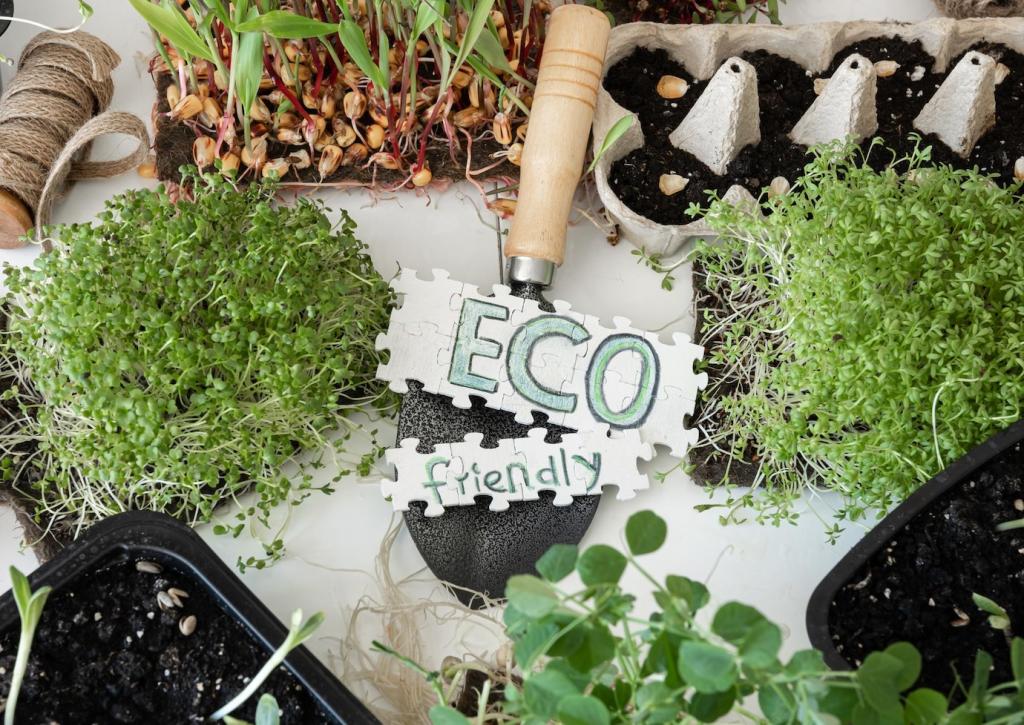Chosen theme: Water-Based Stains for Eco-Conscious Furniture. Discover how low-VOC, fast-drying, water-based stains bring honest color to wood while respecting indoor air quality and our planet. Join our community for tips, palettes, and real stories—subscribe and share your projects.
Low VOCs, Clear Breathing
Water-based stains release significantly fewer volatile organic compounds, which means less odor, fewer headaches, and a healthier workspace. If you craft at home, that difference matters, especially around kids, pets, or plants. Your lungs—and your living room—will absolutely notice the change.
Sustainable Solvents and Safer Cleanup
Because these stains use water as the primary solvent, you can clean brushes and pads with simple soap and water. No mineral spirits, no hazardous waste runs. It reduces environmental impact, lowers costs, and makes experimentation feel safer and more inviting for beginners.
Color Clarity Without Compromise
Modern water-based stains deliver crisp, vivid color while letting wood grain glow naturally. Pigments stay bright and clear rather than muddying the figure. Yes, grain may raise slightly, but a gentle scuff-sand between coats keeps surfaces silky without sacrificing eco-friendly intent.
Matching Stains to Responsible Wood Sources
Look for FSC or PEFC certifications and complement each species with stain tones that celebrate its origin. A pale ash sings with cool driftwood hues, while responsibly harvested walnut glows under subtle cocoa tints. Share your favorite combos below to inspire fellow makers to shop carefully.
Pine and fir absorb unevenly; a water-based pre-stain conditioner helps prevent blotches. Hardwoods like oak and maple are more predictable but still benefit from test swatches. Keep notes on sanding grits, application time, and wipe-off speed to refine your technique while staying eco-minded.
Water-based stains excel on reclaimed finds because they lift color without masking character. A neighbor revived pallet boards into a bench using a cool gray wash that showcased nail holes like freckles. Got a rescue story? Drop a comment and help someone else see potential in scraps.

Prep That Protects the Planet
Use reusable drop cloths, vacuum with a HEPA filter to capture fine dust, and sand progressively to 180–220 grit. This prep minimizes stain overuse because wood absorbs more evenly. Good prep is green prep—efficient, clean, and respectful of your shop and your breathing space.

Brush, Pad, or HVLP?
Synthetic-bristle brushes and lint-free pads excel with water-based formulas, offering even laydown and easy control. For larger surfaces, an HVLP sprayer reduces overspray and material waste. Whichever you choose, keep a wet edge, work in sections, and share your favorite tools with our readers.

Drying, Grain Raise, and Between-Coat Sanding
Expect quick dry times, but be patient. Lightly misting and pre-sanding can tame grain raise before the first coat. After each coat, a gentle scuff with fine paper restores smoothness. Want our printable checklist? Subscribe, and we’ll send timing tips tailored to common wood species.
Choosing Compatible Waterborne Topcoats
Seal color with waterborne polyurethane or acrylic blends designed for stains. They cure tough, remain clear, and resist yellowing. For tabletops, consider a higher-build satin or matte. Always test adhesion on a sample board to ensure your topcoat bonds perfectly without clouding the grain.
Household Habits That Extend Lifespan
Use coasters, lift rather than drag decor, and clean with a barely damp microfiber cloth and mild soap. Avoid harsh chemicals—eco-friendly finishes deserve gentle care. Small rituals, practiced daily, protect both your furniture and the air you breathe, reinforcing your sustainable choices.
Repair and Refresh Without Starting Over
One gift of water-based systems is their easy maintenance. For scuffs, lightly abrade, touch up stain, and reapply a thin topcoat. No heavy fumes, no week-long shutdown of your dining room. Tell us your go-to repair tricks so others can confidently maintain their favorite pieces.


Sun-Baked Terracotta to Atlantic Driftwood
Blend warm sienna with a touch of gray wash to simulate sun-aged timber, or lean into cool driftwood for breezy interiors. Layering water-based stains creates depth without muddiness. Share your palette experiments, and we’ll feature community favorites in our next eco-design roundup.
The Heirloom Table That Came Back to Life
A reader rescued her grandmother’s maple table with a pale walnut water-based stain, preserving decades of family etchings. The room smelled clean, not chemical, and dinner was served the same evening. Stories like this remind us sustainability is personal—comment if you’ve revived a keepsake.
Modern Minimal, Rustic Heart
Pair knotty woods with soft, desaturated tones to keep textures honest while embracing modern lines. Water-based stains emphasize grain without adding glossy glare. Prefer a gallery look? Finish with dead-flat topcoat. Vote in our poll: matte, satin, or soft gloss for eco-chic living?
Measuring the Impact: Labels, Data, and Indoor Air
Look for GreenGuard Gold, EU Ecolabel, or products contributing to LEED credits. Review Safety Data Sheets for VOC content and cleanup instructions. When brands publish transparency reports, reward them. Comment with labels you trust, and we’ll compile a community-vetted eco-finish shortlist.

